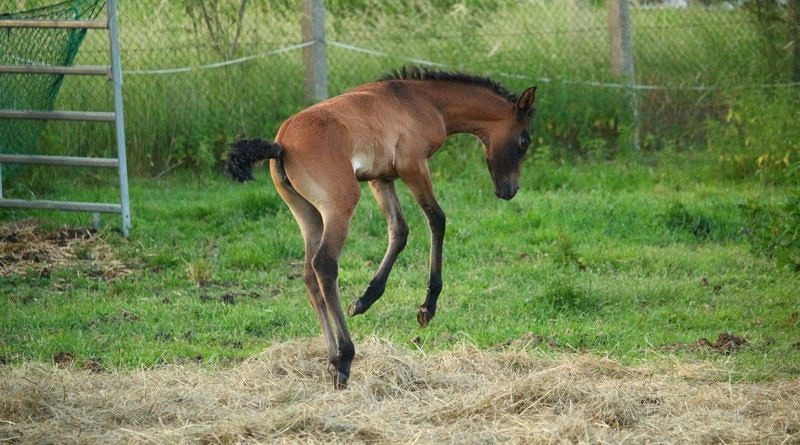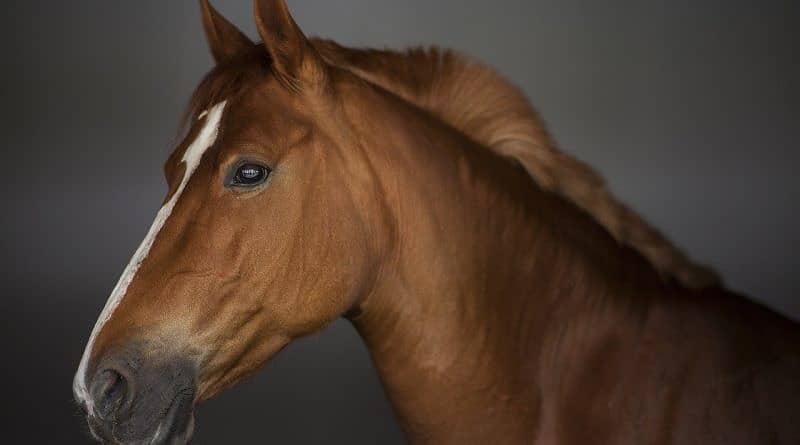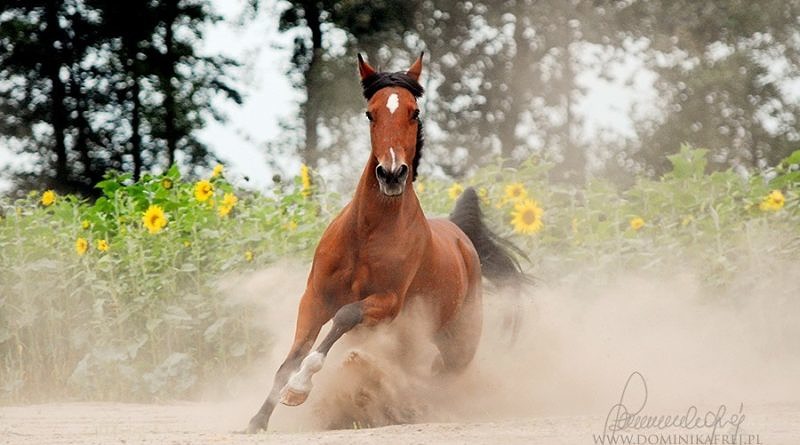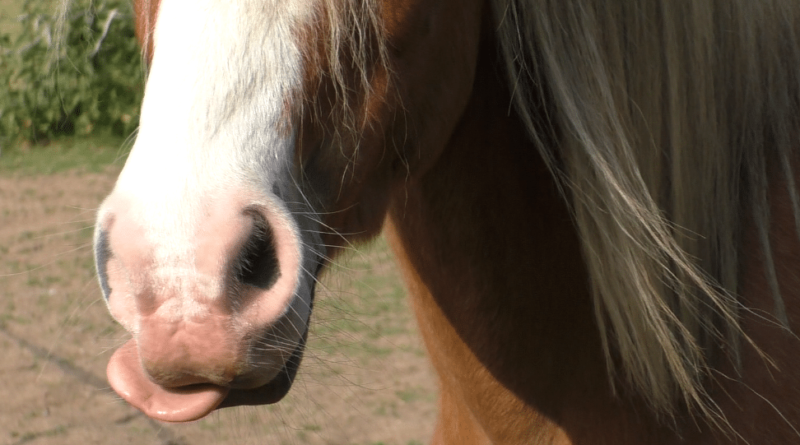Learned Fear
What should you do when your horse refuses a jump? Why responding with a smack or a ‘pony club kick’ may not be the best way to go…
When your horse refuses a jump, what do you do? Conventional wisdom may lead you to believe that the right way to deal with this and similar situations is to punish the horse in an effort to discourage further disobedience. Others suggest taking the horse to the jump and smacking it so it is encouraged to jump next time. What you may not realise is that through doing this you are potentially setting yourself up for increasingly extreme unwanted responses.
The reason for this is something called conditioned, or learned, fear.
Horses are instinctively wary of new objects in their environment and that includes new views of existing objects when they are approached from unusual angles – or jumped for instance. They are also very cautious of anything that looks hazardous – like water. And they over-react to anything that sets off the horse’s predator-detection, frustratingly including things like plastic bags and shadows.

All of this is normal behaviour – not ‘misbehaviour’ – and our job is to gradually shape the unwanted responses. How you do this matters.
The first time a horse refuses a jump, chances are it was a new experience in some way. It may have been higher, wider, included fillers or been positioned differently – or perhaps there was a reflection you didn’t notice caused by the setting sun on that particular day, at that particular time. As any equestrian knows, horses can be very sensitive to minor, or even (to our senses) undetectable changes.
If you simply repeat the activity over and over, most horses soon realise there is nothing to be concerned about. Fortunately for us, a horse’s response to instinctual fear is easy to shape and get rid of.
But a horse met with a whip or pony club kick might feel otherwise. In these situations, an already fearful horse is having its beliefs confirmed by its rider’s actions.
This can quickly turn a one-off refusal into a deeply ingrained habit that is a real challenge to shift. We often see this kind of habit labelled as “cheekiness” or “laziness” and often the solution suggested is to reprimand the horse further.
To see why the punishment approach might not achieve the results we are looking for, consider this: imagine if as a child you had a fear of dogs. If for a year you met a dog a day and none of them ever hurt you, by the end of that year, you’d be neutral about dogs. If in addition you had positive experiences interacting with dogs, you might even really like them!
Now imagine if instead your parents took you up to that dog you weren’t sure about – and smacked you. Next time you came across the dog, you’d feel no reassurance. You’d think back to the last time your parents took you near a dog and how it made them hit you. You’d worry a little more… And as they took you over to the dog, you’d already be starting to fear it more – and then they’d smack you again.
Before long, you’d start anticipating that smack well before you were taken anywhere near the dog. Suddenly seeing a dog in the distance would cause you anxiety!
The longer you’d had this negative experience for, day-in, day-out, the worse you would be… And the harder it would be to convince you otherwise.
The equivalent scenario is played out between horses and riders- but instead of dogs the cause of concern may be a jump, one especially ominous arena corner or a spooky object.
This is why learned fear is both a very common and comparatively difficult problem. Instinctual fear simply requires desensitisation, which comes naturally to horses and happens quickly. Learned fear, however, requires considerably more work to ‘unlearn’.
One of the challenges of working with horses is that we cannot explain to them directly what we want, or why we are acting towards them in a certain way, whether positive or negative. We have to show them what the consequences of an action are – not tell them. And if you want to show them that they shouldn’t avoid something, the best way to demonstrate this to them is through repetition and reward.







